Inner Beauty of Life Series: Birds
Some injured and sick animals treated at the KFBG Wild Animal Rescue Centre receive radiographic examinations. The resulting X-ray images not only help provide detailed evaluation of the animal’s condition, but they can also be considered as quite artistic and provide a new and unique perspective of nature.
In a series of Blog posts, we will share X-ray images of rescued animals, and interesting stories about their anatomy and lifestyle. This time birds take the spotlight.
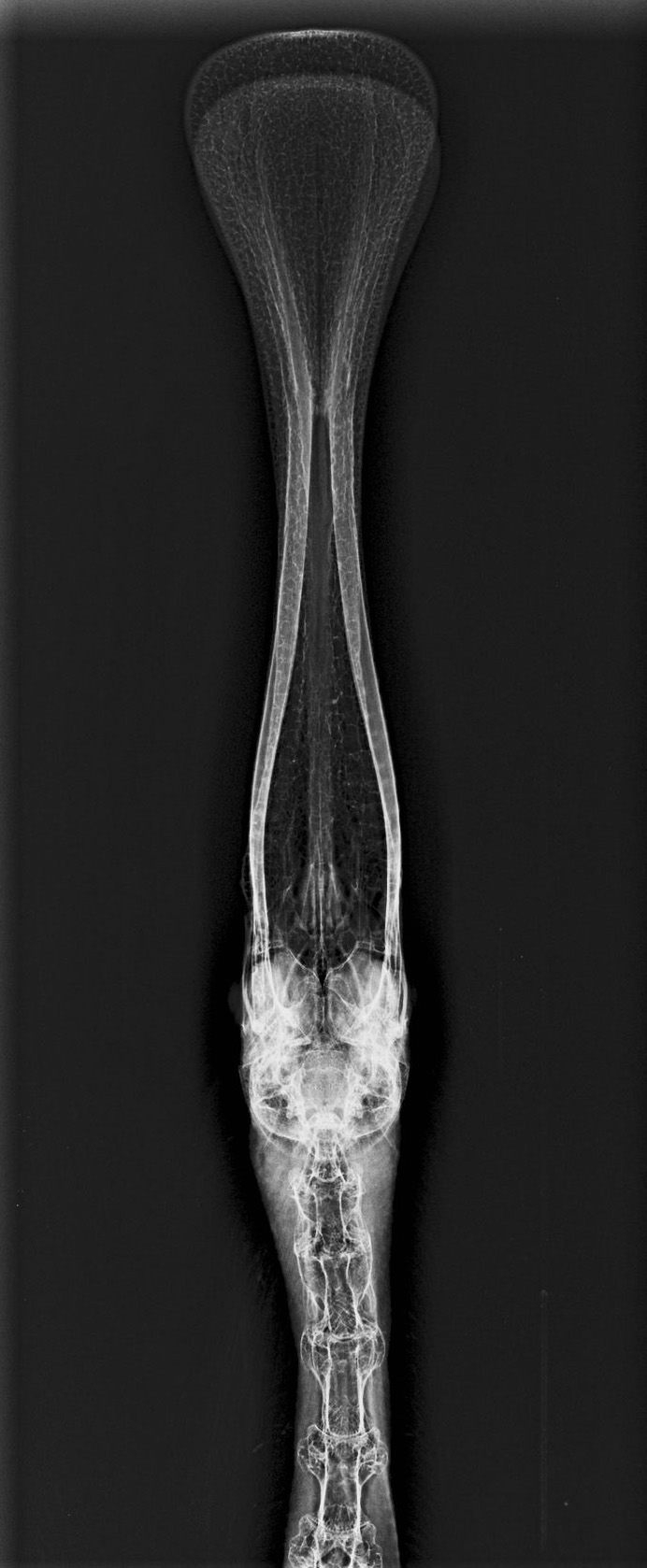
This endangered species uses its characteristic spatula-shaped bill to methodically comb wetlands and ponds for their favourite fish and shrimps, swinging their heads left and right as they go. When they catch their prey, they tilt the head back to swallow.
2. Brown Fish Owl
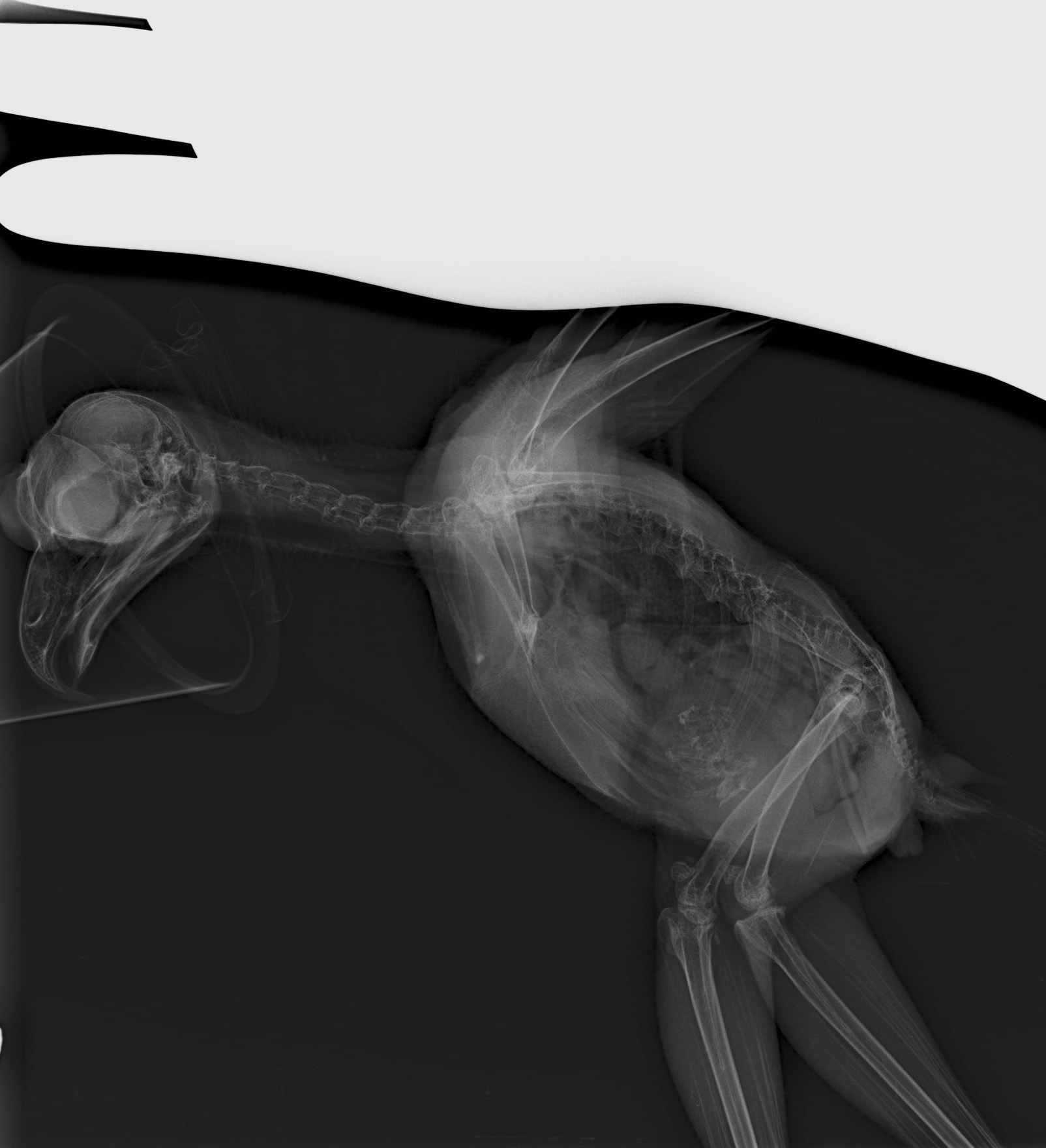
Hunters of the night, owls have astonishingly large eyes in comparison with their small skull. Their large eyes give these predators acute sensitivity to light and shade, and thus the amazing ability to detect a scurrying mouse in a pitch black forest.
But owls can’t have it all. The downside of the evolution of such enormous eyes is that their eyes are fixed in their sockets. They cannot move their eyes like humans. If the bird wants to look left or right, it will have to turn its head – it can rotate its head up to 270 degrees thanks to a more flexible neck structure.
Note: The cone over the animal’s face in the X-ray image is used to supply an anaesthetic during treatment.
3. Collared Scops Owl
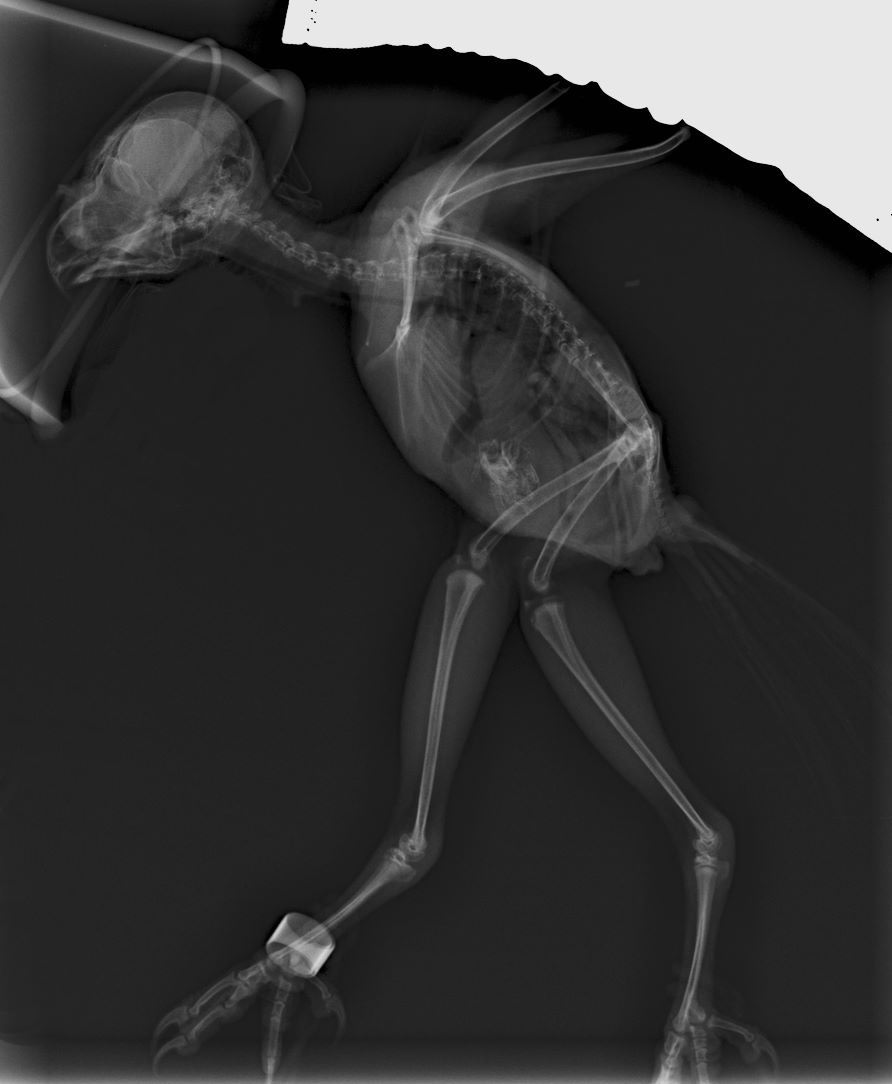
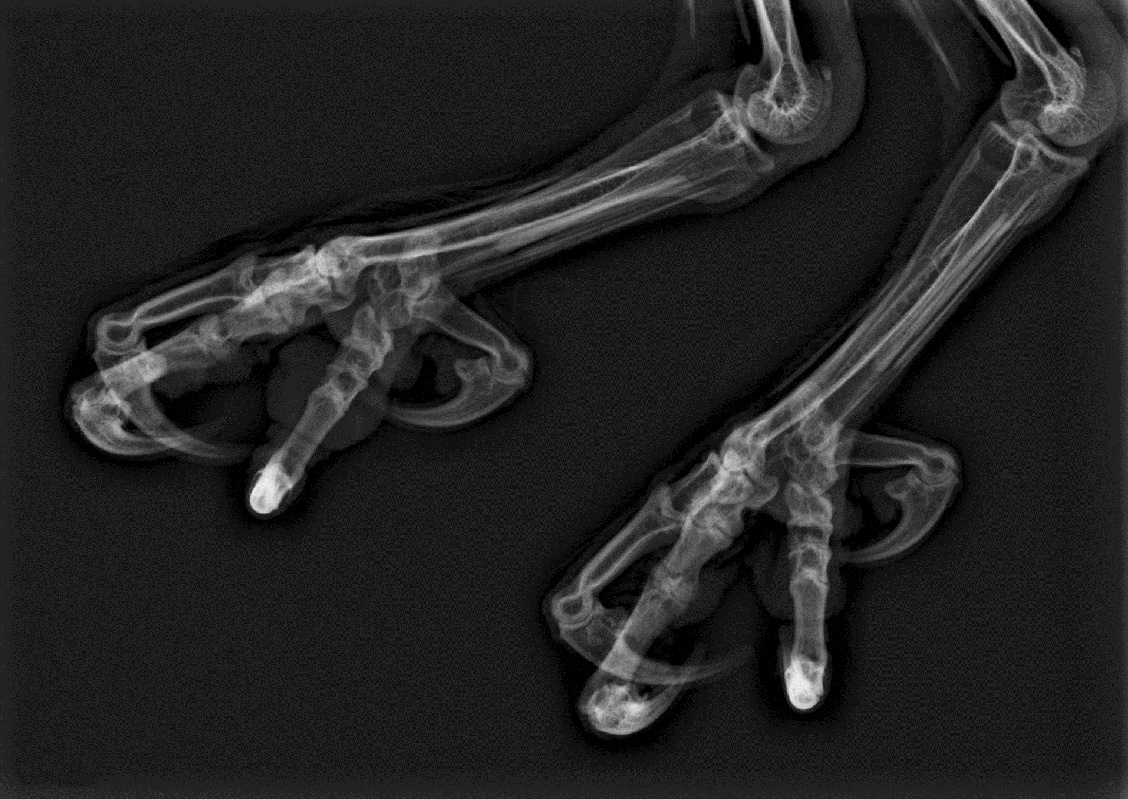
Eurasian Eagle Owls have a formidable ‘toolkit’: a hooked beak, exceptional vision and strong sharp talons (as pictured). Their adaptations aid capturing, killing and transporting of their prey which includes birds and small mammals.
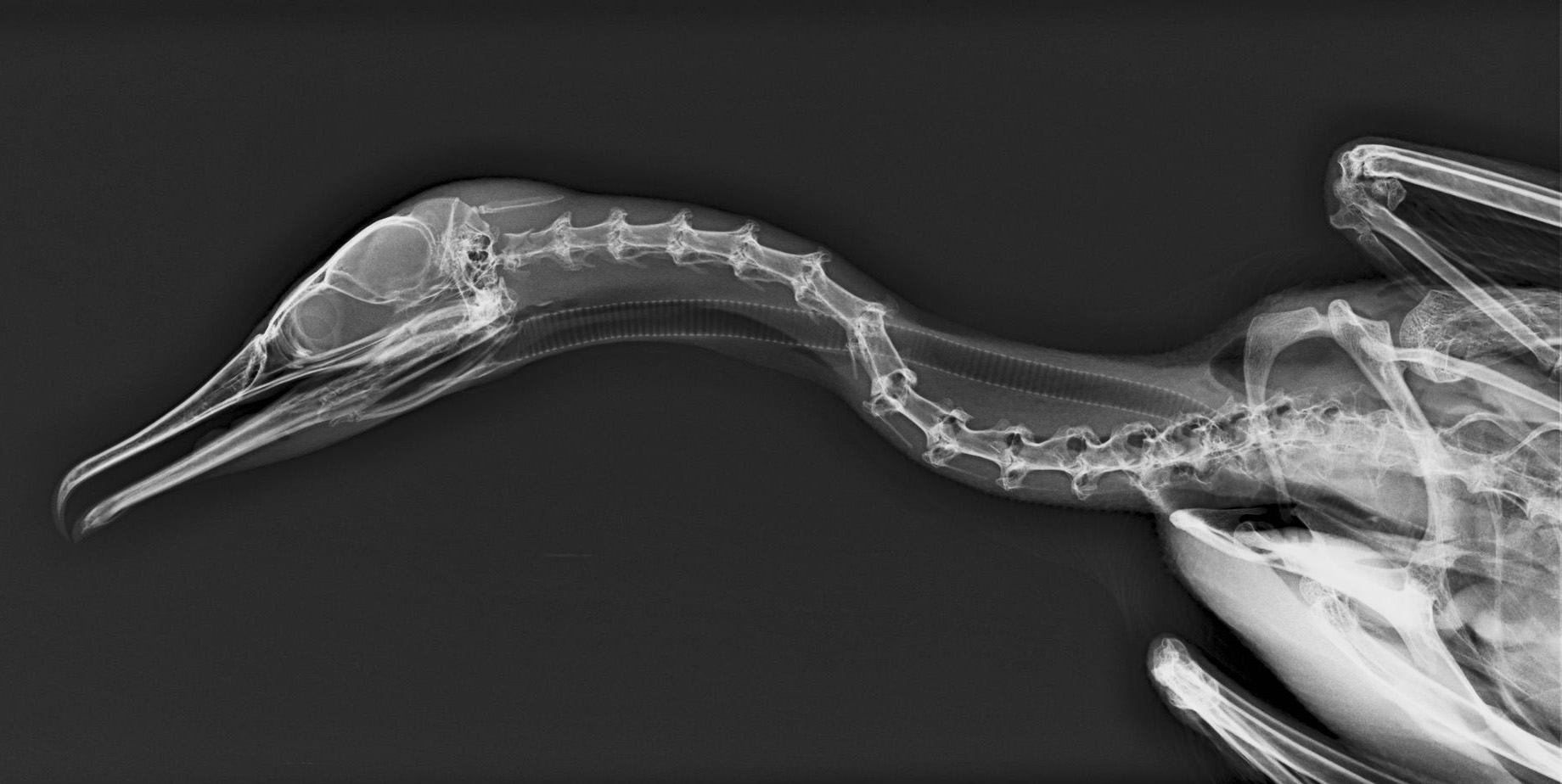
Diving and fishing experts, cormorants are characterized by a long neck and a large, strong bill with a sharp hook at the tip. When hunting, they plunge headlong into water, chase their prey underwater, and snatch their prey with their hooked bill.

